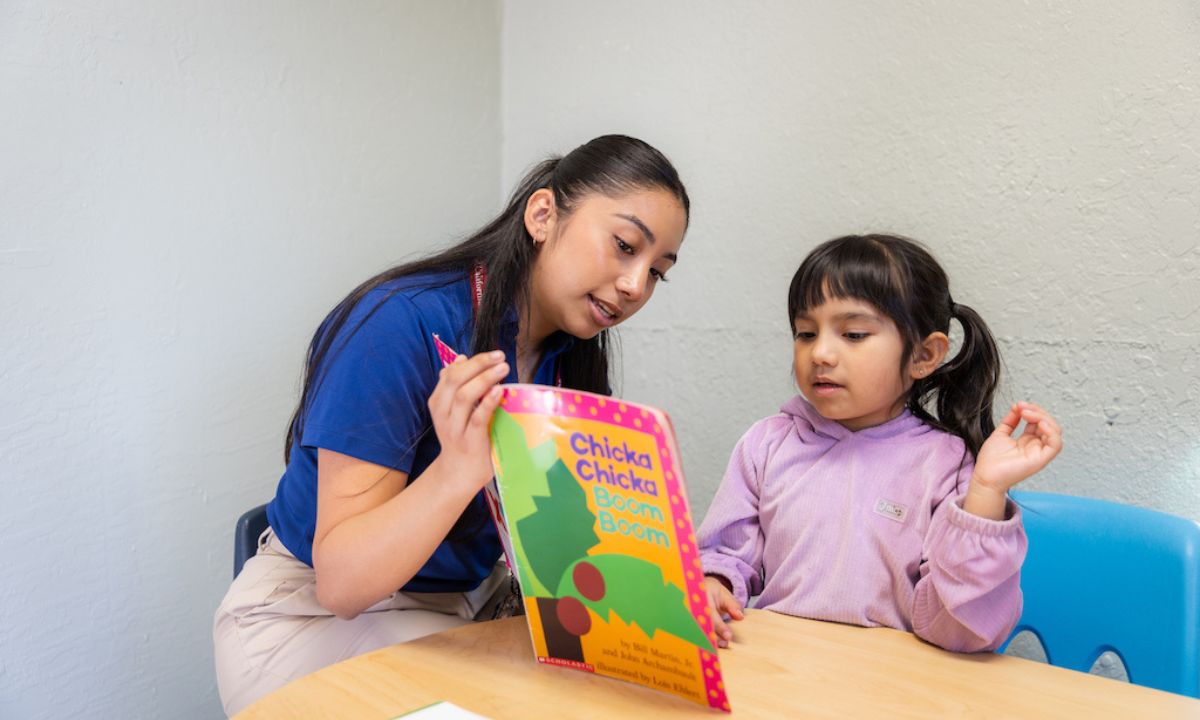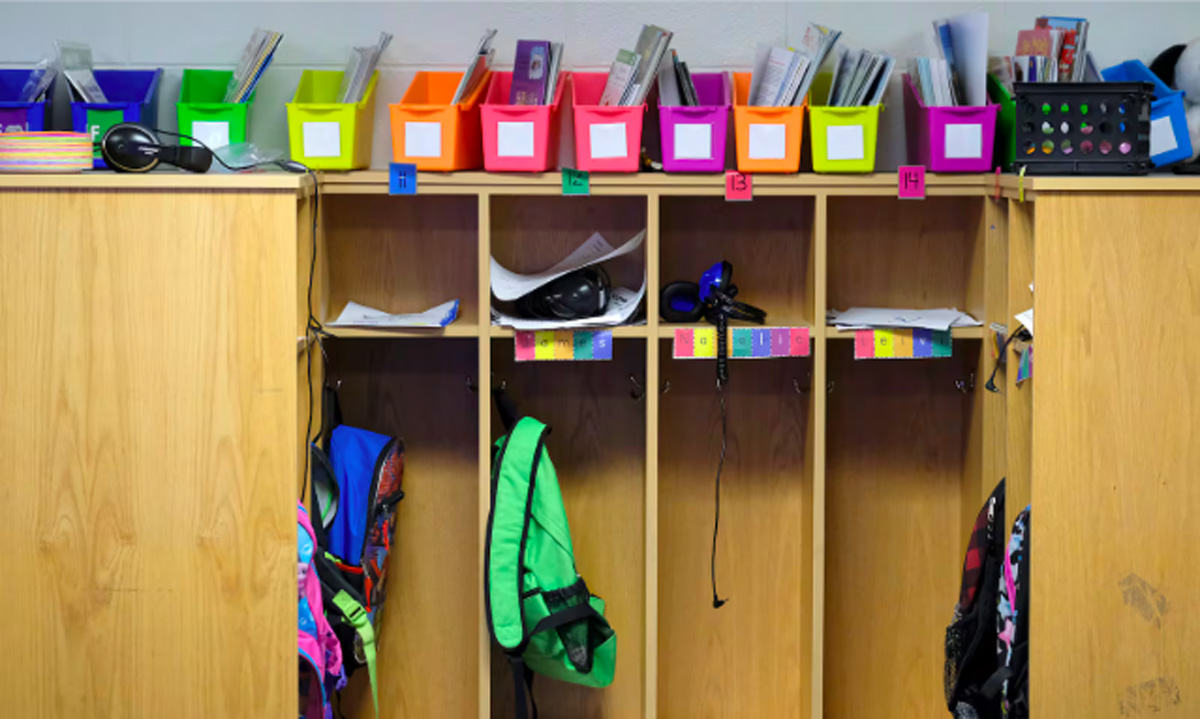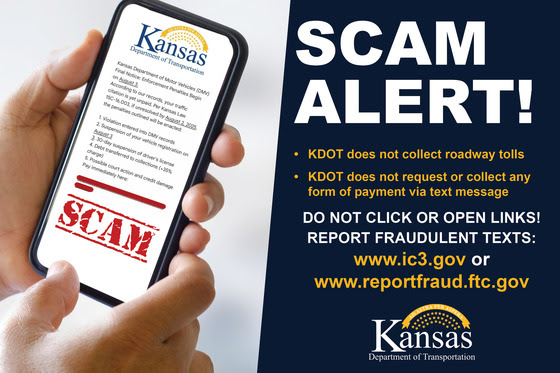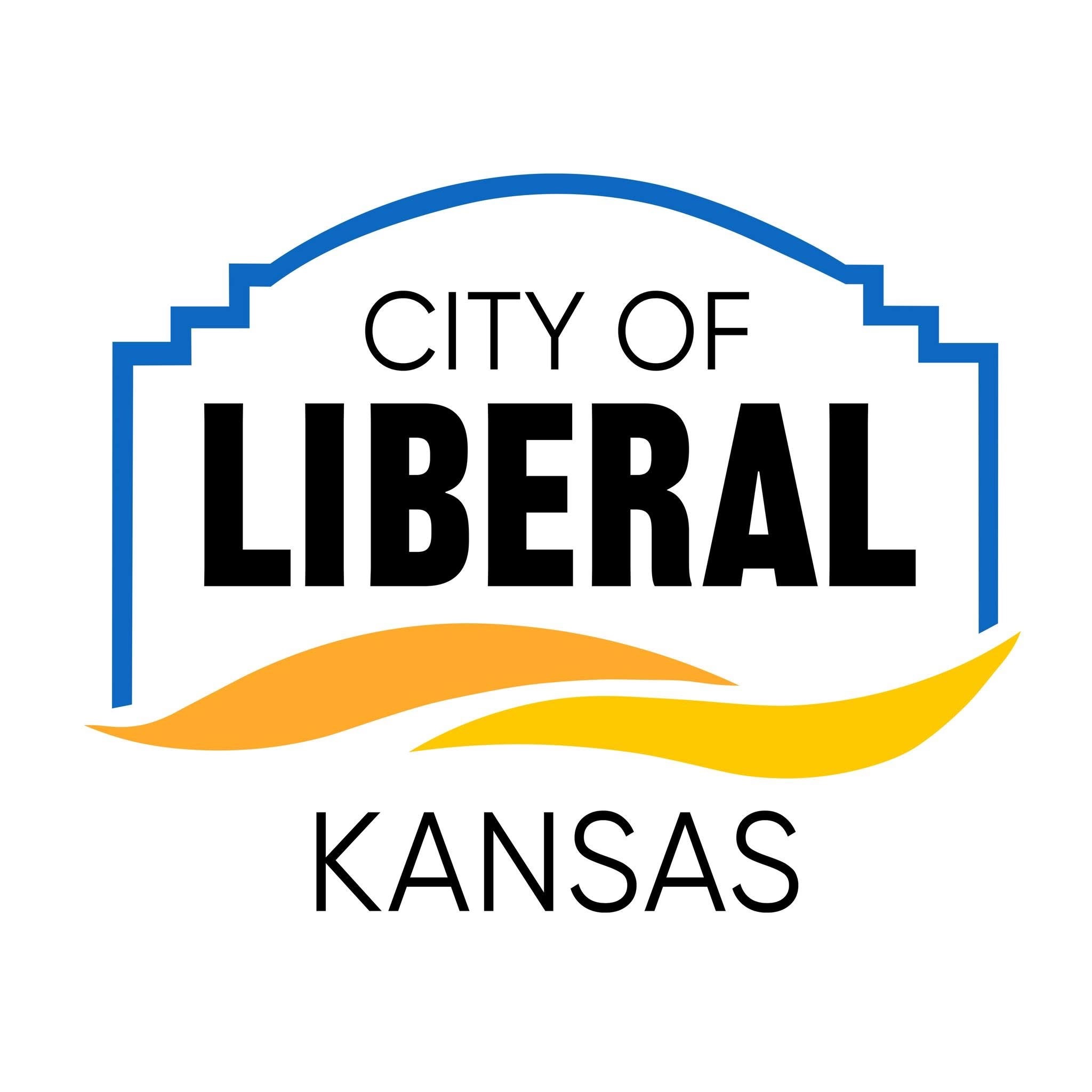Additional According to new state data, Californians are taking advantage of paid family leave benefits to care for a kid since a new law that enhanced compensation for parents went into effect in January.
According to information given to LAist by the California Employment Development Department, claims increased by almost sixteen percent in the first two quarters of this year when compared to the same period last year.
According to EDD public relations officer Anne Chapuis, a number of causes led to the increase.
Benefit amounts for qualified consumers have increased as a result of the January 2025 benefit rate adjustment. In an email, Chapuis added, “We usually see a higher seasonal number of claims submitted near the end of each calendar year.”
The first quarter of 2025 saw an increase in claims that was about 25% greater than the same period the previous year, even though claims usually increase at the start of each calendar year.
Prior to the change this year, the majority of workers received up to 60% of their pay when they took time off to care for a newborn. Many workers now receive up to 90% of their pay.
The reforms resulted from legislation passed in 2022 that sought to give more families—particularly low-income workers—the ability to take time off. According to earlier research, employees with higher incomes were far more likely than those earning less than $20,000 annually to use paid family leave benefits.
Claims increased by almost 2% for individuals earning less than $20,000 and 17% for those earning less than $60,000.
How paid family leave works
Parents can now take up to eight weeks of paid family leave to spend time with their new kid. This is on top of the paid time off that expectant mothers receive both before and after giving birth.
About 18 million Californian employees are covered by the State Disability Insurance program, which provides funding for the state’s paid family leave program. Employees contribute to this fund by deducting 1.2% from their paychecks; this amount typically appears as CASDI on paystubs.
Employees earning less than $63,000 annually can receive up to 90% of their salary, while those earning more than that receive 70%.









